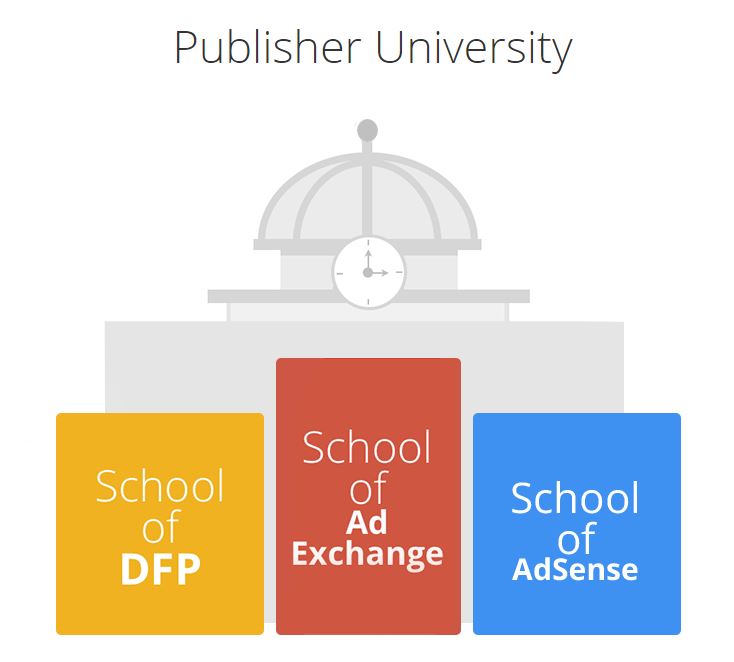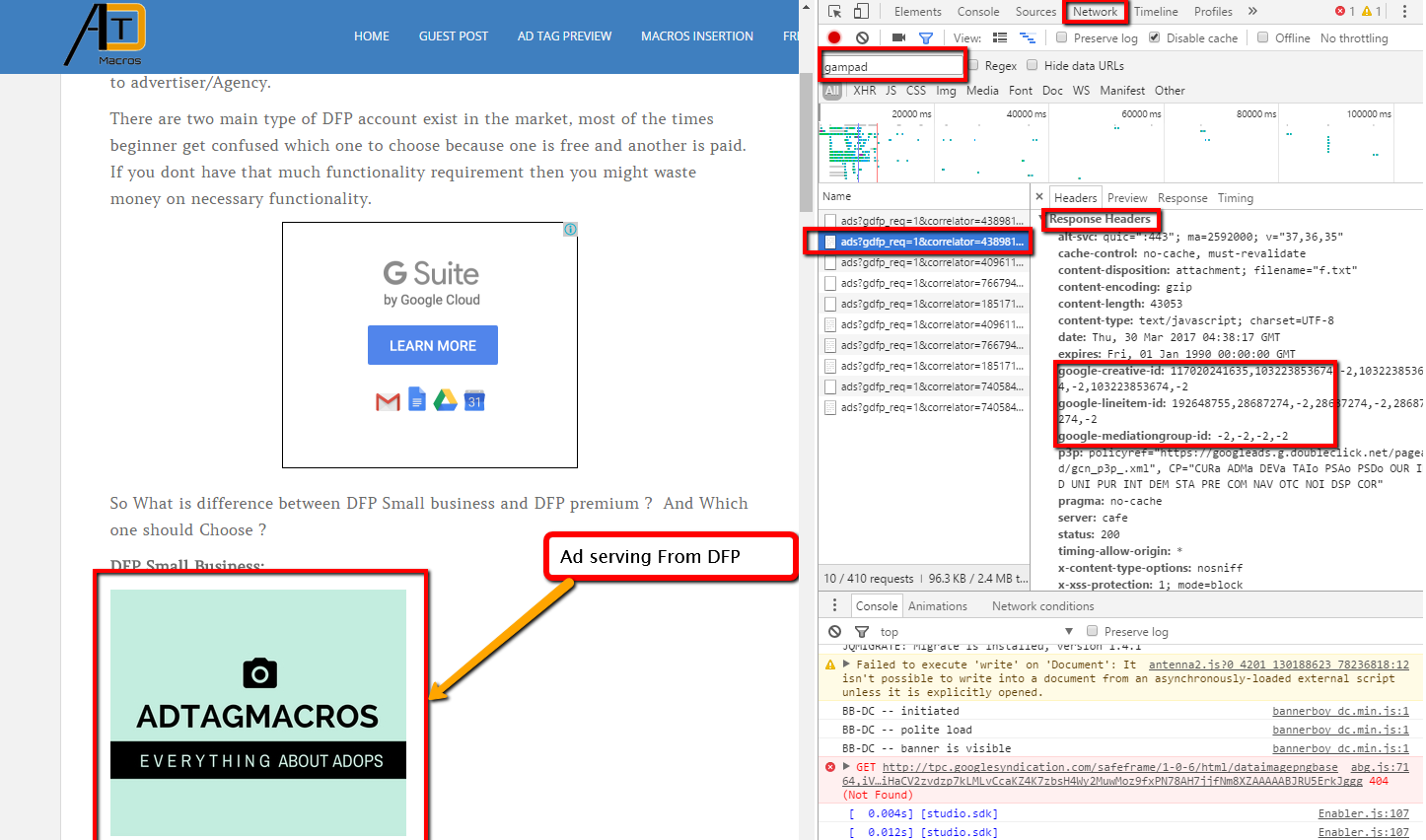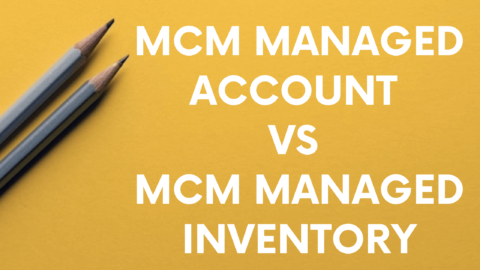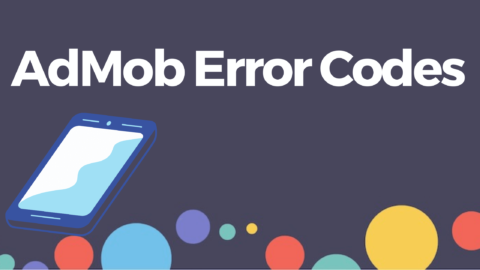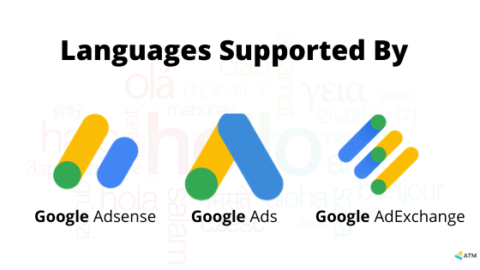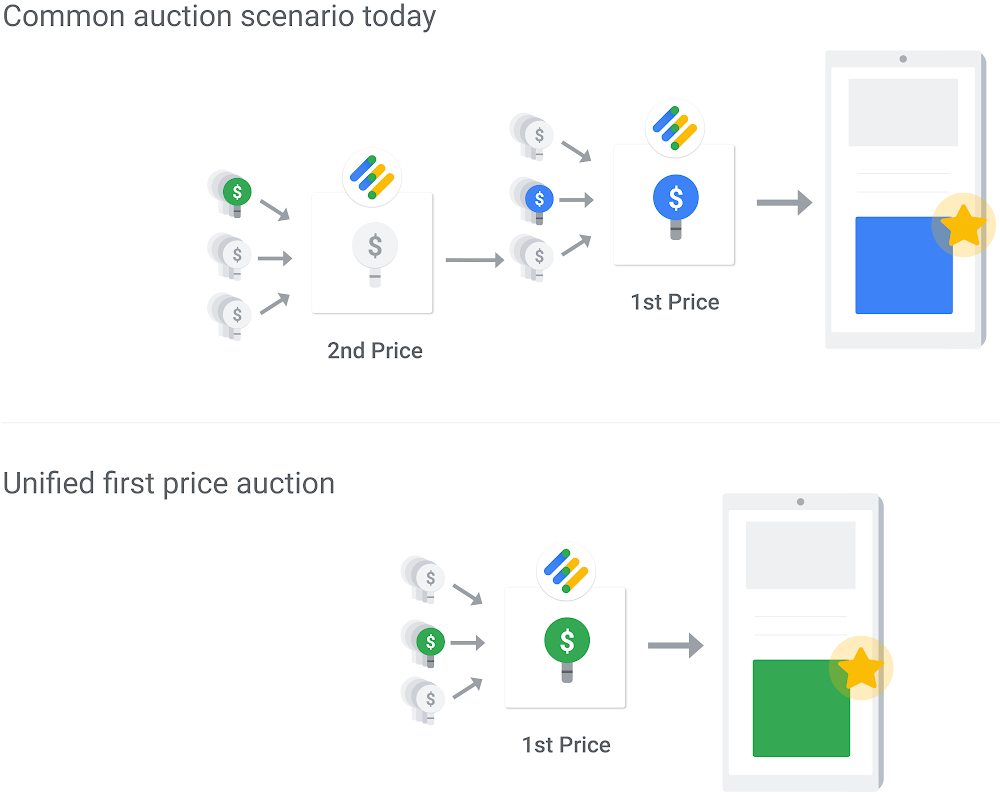Lesson 1:Introduction 1
Lesson 2: Introduction 2
https://youtu.be/4tNj3YbI45c
Lesson 3: Fallbacks
https://youtu.be/xZ6g-a-ZpMY
Lesson 3:Content Ingestion
Lesson 4:Ad Rules
https://youtu.be/CAKxkd1GT1w
Lesson 5:Video Ad Tags
https://youtu.be/SMQip-rH6vs
Lesson 6: Troubleshoot Video
https://youtu.be/bGzj-FyoYr8

Lesson 7: VAST XMLs
https://youtu.be/EyTBMeaQ8uI
Lesson 8: VMAP XMLs
https://youtu.be/FRHC7DT8Wd0
Ad Operation DFP Related Questions:
Which of the following is not one of the major categories of video ad?- Linear
- Companion
- *Leaderboard
- Non-linear
- Non-linear ads display as overlays when an article’s content video plays.
- *True
- False
- Which of the following is not a VAST response that DFP would return to the video player?
- *Internal VAST response
- Inline VAST response
- Redirect VAST response
- Which of the following is not a common standard for video ads?
- VAST
- *VETO
- VPAID
- VMAP
- VPAID is a special version of VAST designed for interactive ads in the video player.
- *True
- False
- Google’s latest SDK for video ads is called the ___________ Media Ads 3 SDK.
- Interstitial
- Intuitive
- Immersive
- *Interactive
Fallbacks
- Video fallback reduces the likelihood to fill a video impression.
- True
- * False
- What is the correct parameter to disable fallback on an individual an ad tag?
- *nofb=1
- fallback=false
- nofb=0
- nofallback=true
- Which of the following is not a circumstance in which the video player will fallback to the next video ad?
- A blank VAST XML response
- The VAST response times out
- *Third party discrepancy
- An HTTP error
Content Ingestion
- The content ingestion feature enables you to automatically ingest and expose content metadata into DFP.
- *True
- False
- Which of the following feed types is supported by DFP?
- YouTube
- Brightcove
- Ooyala
- * All of the above
- Removing any unused videos from your feed will slow down the sync process.
- True
- *False
Ad Rules
- One method for enabling ad rules is to append the parameter ad_rule=0 to specific video ad requests.
- True
- *False
- Bumpers allow you place short video ads before or after the actual video ad runs.
- *True
- False
- Which of the following additional functionalities are gained by using ad rules?
- Frequency caps
- Priorities
- Podding
- *All of the above
Video Ad Tags
- Every master video tag must have a companion tag.
- True
- *False
- Which of the following parameters is not required in a video ad tag?
- env
- *cust_params
- iu
- sz
- You can test out your video ad tags by using Google’s Video Suite Inspector.
- *True
- False
Troubleshoot Video Ads
- In the delivery inspector, you can choose a country in which to simulate an ad request.
- *True
- False
- With a(n) _______ request, the delivery inspector will show the returned ads with their ad rules – such as podding, bumpers, etc.
- VAST
- *VMAP
- Video
- Ad Unit
- If you see an orange bar before or after a preroll pod when running a simulation, that represents a:
- VAST response.
- *bumper
- midroll
- the main video content
- The VAST XML is not the ad, but rather something that describes the ad.
- * True
- False
- An “inline” VAST XML:
- * contains a list of all the creatives.
- redirects the player to another VAST XML that contains the list of creatives.
- is an ad rules request.
- does not communicate with the video player.
- If a VAST XML’s creative list only contains flash video files, it will still display on non-flash based video players.
- True
- *False
VMAP XMLs
- VMAP stands for:
- Video Migration Ad Protocol
- *Video Multiple Ads Playlist
- Videos Mainly Are Picked
- Variety Mixed Ads Played
- VMAP XMLs contain ad tags that request VAST XMLs from DFP.
- *True
- False
- The VMAP XML contains timing data that tells the video player when to play each ad.
- *True
- False

